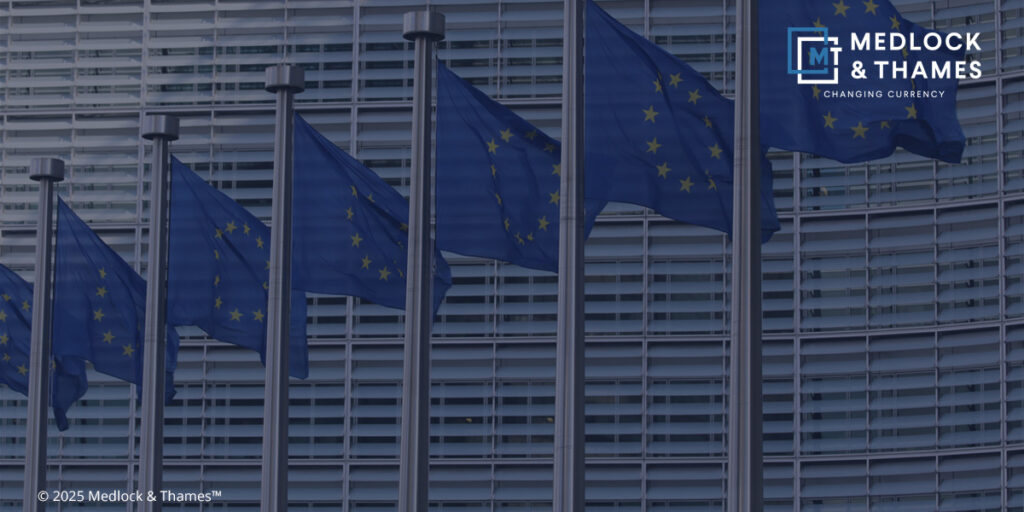Eurozone Growth Stalls, Adding Pressure on ECB
Thursday 30th January 2025 – 10:27 (GMT)
The Eurozone economy stagnated in the final quarter of 2024, undershooting expectations and marking its weakest performance of the year. Preliminary estimates show GDP flatlining in the three months to December, following a 0.4% expansion in the previous quarter. Economists had anticipated a modest 0.1% rise.
The bloc’s two largest economies registered unexpected contractions, deepening concerns over the region’s economic resilience. Germany’s GDP shrank by 0.2%, while France slipped 0.1% into negative territory. Italy remained stagnant for a second consecutive quarter, while Ireland’s economy contracted sharply by 1.3%. Austria also saw no growth.
By contrast, Spain posted a robust 0.8% expansion, while Portugal and Lithuania outpaced expectations with growth rates of 1.5% and 0.9%, respectively. Belgium (0.2%) and Estonia (0.1%) also contributed positively. On a year-on-year basis, the Eurozone economy expanded by 0.9%, mirroring the previous quarter’s pace but falling marginally short of market forecasts of 1% growth. Across 2024 as a whole, the bloc grew by 0.7%.
The weaker-than-expected data is likely to reinforce expectations of monetary easing by the European Central Bank. Markets widely anticipate a 25-basis-point rate cut at the ECB’s January 2025 meeting, which would bring the key deposit rate to 2.75%—its lowest level since early 2023. This would mark the fifth rate reduction since the central bank began its loosening cycle in June 2024.
Investors will scrutinise the ECB’s guidance for clues on the trajectory of policy beyond January. While policymakers are expected to maintain a cautious stance on future cuts, the latest GDP figures could add to the case for more aggressive easing if economic weakness persists.
The euro faced downward pressure following the release of the data, reflecting concerns over growth and the prospect of a looser monetary stance. A prolonged easing cycle could weigh further on the currency, particularly if the Federal Reserve maintains a relatively restrictive policy in the US. However, any hawkish signals from the ECB—such as a data-dependent rather than pre-committed approach to further cuts—could provide some support for the euro in the near term.

